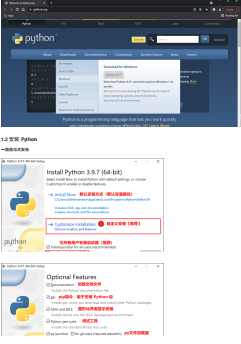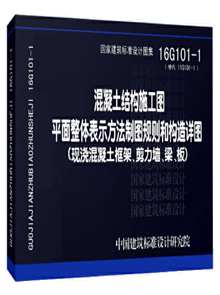本站精选了一篇python小程序相关的编程文章,网友姚半芹根据主题投稿了本篇教程内容,涉及到python录音小程序、python录音程序、python录音、python实现录音小程序相关内容,已被373网友关注,下面的电子资料对本篇知识点有更加详尽的解释。
python实现录音小程序
本文为大家分享了python实现录音小程序的具体代码,供大家参考,具体内容如下
学习目标:掌握python的pyaudio扩展包和Wave模块录制语音的方法
- Wav音频:声道数,采样频率,量化位数
python Wav包是自带的,pyaudio需要下载
pip3 install pyaudio
python读Wav文件:
fp=wave.open('','rb')
nf=fp.getnframes()#获取文件的采样点数量
print('sampwidth:',fp.getsampwidth())
print('framerate:',fp.getframerate())
print('channels:',fp.getnchannels())
f_len=nf*2#文件长度计算,每个采样2个字节
audio_data=fp.readframes(nf)
python写Wav文件:
def save_wave_file(filename,data): '''save the date to the wavfile''' wf=wave.open(filename,'wb') wf.setnchannels(channels)#声道 wf.setsampwidth(sampwidth)#采样字节 1 or 2 wf.setframerate(framerate)#采样频率 8000 or 16000 wf.writeframes(b"".join(data))#https://stackoverflow.com/questions/32071536/typeerror-sequence-item-0-expected-str-instance-bytes-found wf.close()
利用PyAudio录音:
def my_record():
pa=PyAudio()
stream=pa.open(format = paInt16,channels=1,
rate=framerate,input=True,
frames_per_buffer=NUM_SAMPLES)
my_buf=[]
count=0
while count<TIME*20:#控制录音时间
string_audio_data = stream.read(NUM_SAMPLES)#一次性录音采样字节大小
my_buf.append(string_audio_data)
count+=1
print('.')
save_wave_file('01.wav',my_buf)
stream.close()
利用PyAudio播放音频
chunk=2014
def play():
wf=wave.open(r"01.wav",'rb')
p=PyAudio()
stream=p.open(format=p.get_format_from_width(wf.getsampwidth()),channels=
wf.getnchannels(),rate=wf.getframerate(),output=True)
while True:
data=wf.readframes(chunk)
if data=="":break
stream.write(data)
stream.close()
p.terminate()
完整录音播放的demo
import wave
from pyaudio import PyAudio,paInt16
framerate=8000
NUM_SAMPLES=2000
channels=1
sampwidth=2
TIME=2
def save_wave_file(filename,data):
'''save the date to the wavfile'''
wf=wave.open(filename,'wb')
wf.setnchannels(channels)
wf.setsampwidth(sampwidth)
wf.setframerate(framerate)
wf.writeframes(b"".join(data))
wf.close()
def my_record():
pa=PyAudio()
stream=pa.open(format = paInt16,channels=1,
rate=framerate,input=True,
frames_per_buffer=NUM_SAMPLES)
my_buf=[]
count=0
while count<TIME*20:#控制录音时间
string_audio_data = stream.read(NUM_SAMPLES)
my_buf.append(string_audio_data)
count+=1
print('.')
save_wave_file('01.wav',my_buf)
stream.close()
chunk=2014
def play():
wf=wave.open(r"01.wav",'rb')
p=PyAudio()
stream=p.open(format=p.get_format_from_width(wf.getsampwidth()),channels=
wf.getnchannels(),rate=wf.getframerate(),output=True)
while True:
data=wf.readframes(chunk)
if data=="":break
stream.write(data)
stream.close()
p.terminate()
if __name__ == '__main__':
my_record()
print('Over!')
play()
更多用法详见 pyaudio文档
以上就是本文的全部内容,希望对大家的学习有所帮助,也希望大家多多支持码农之家。









